Search by topic
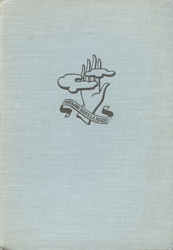
Nuages dans la main
The story is set in Geneva, more precisely at the International Labour Office (ILO), against the backdrop of the Spanish Civil War.
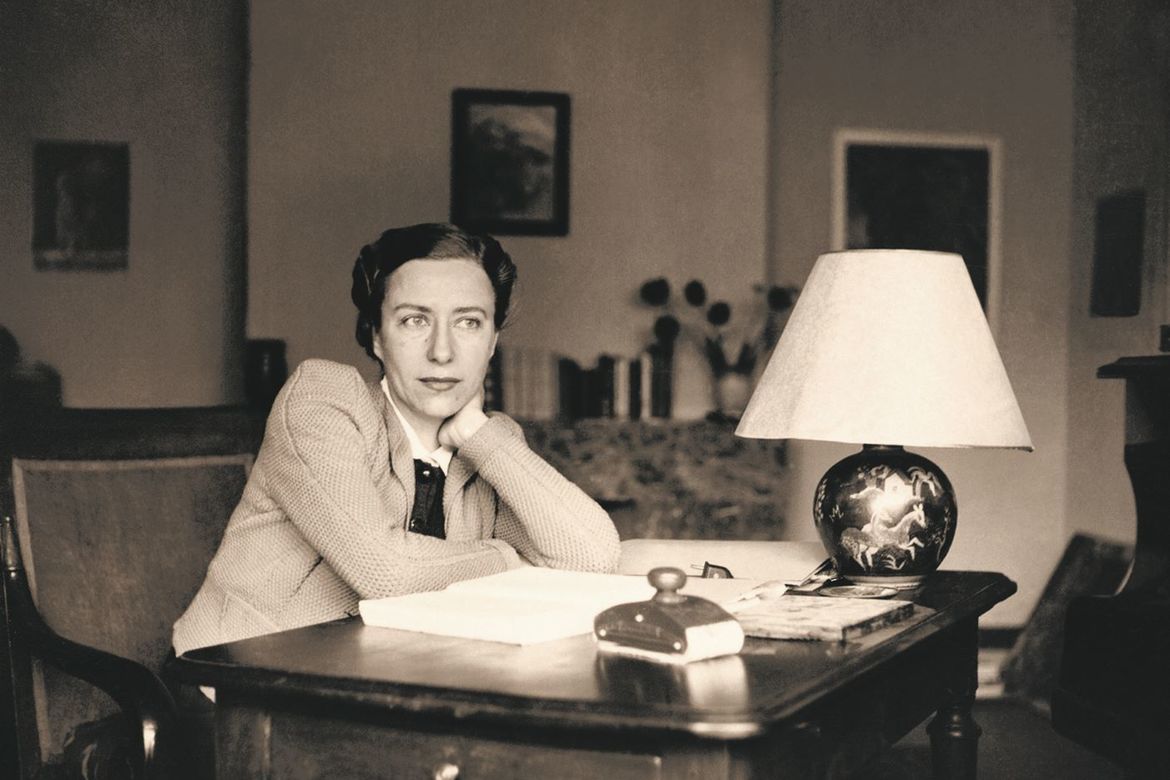
Her works
Published between 1940 and 1986, her works relate the profound changes in the status of women and relations between the sexes, as well as the taboos and constraints affecting ordinary people.
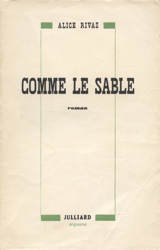
Comme le sable
Comme le sable (As the sand) inaugurates what Alice Rivaz had conceived as a ‘novelistic cycle’ in several volumes.
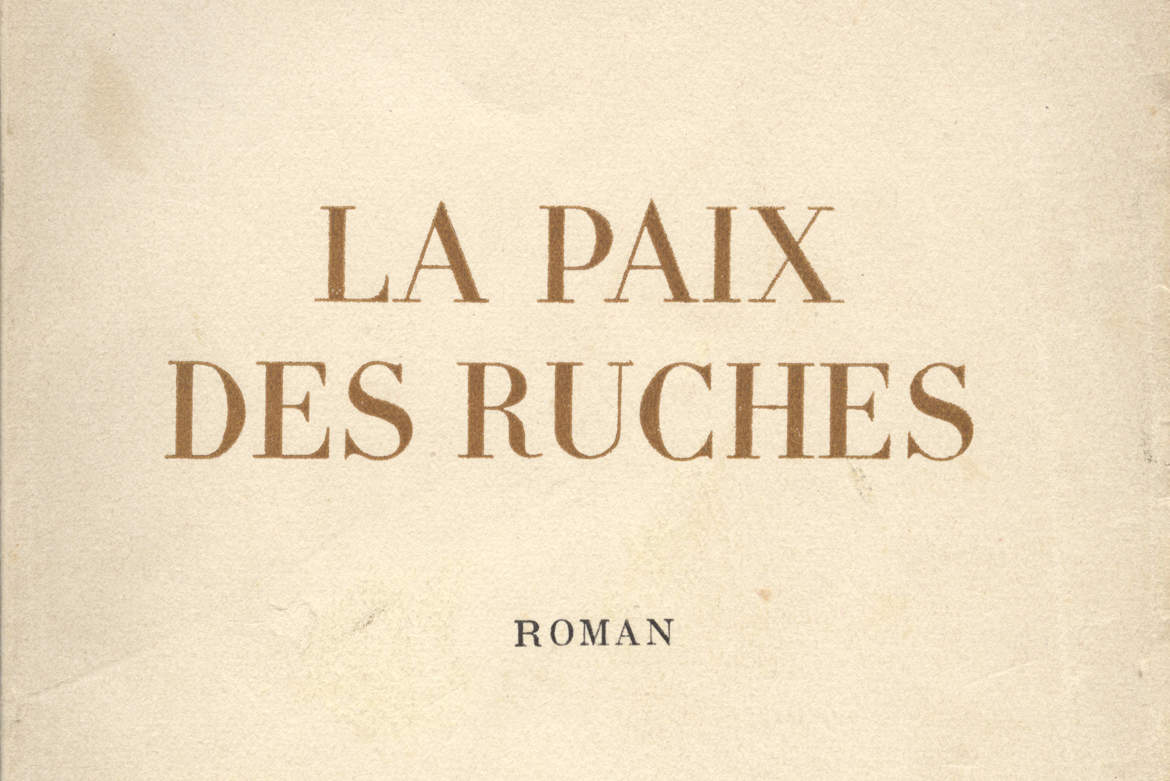
Novels
Alice Rivaz reveals a novel’s potential to destabilise traditional representations and present the world differently.
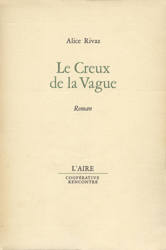
Le Creux de la vague
Le Creux de la vague (The trough of the wave), the follow-up to Comme le sable (As the sand), was published twenty or so years later (1967).
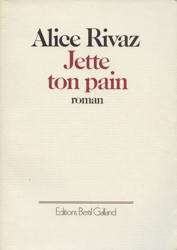
Jette ton pain
Jette ton pain (Cast thy bread) is Alice Rivaz’ masterpiece. This powerful book is a long recollection combining all the topics of her previous books.

Translations
A curated list of published translations
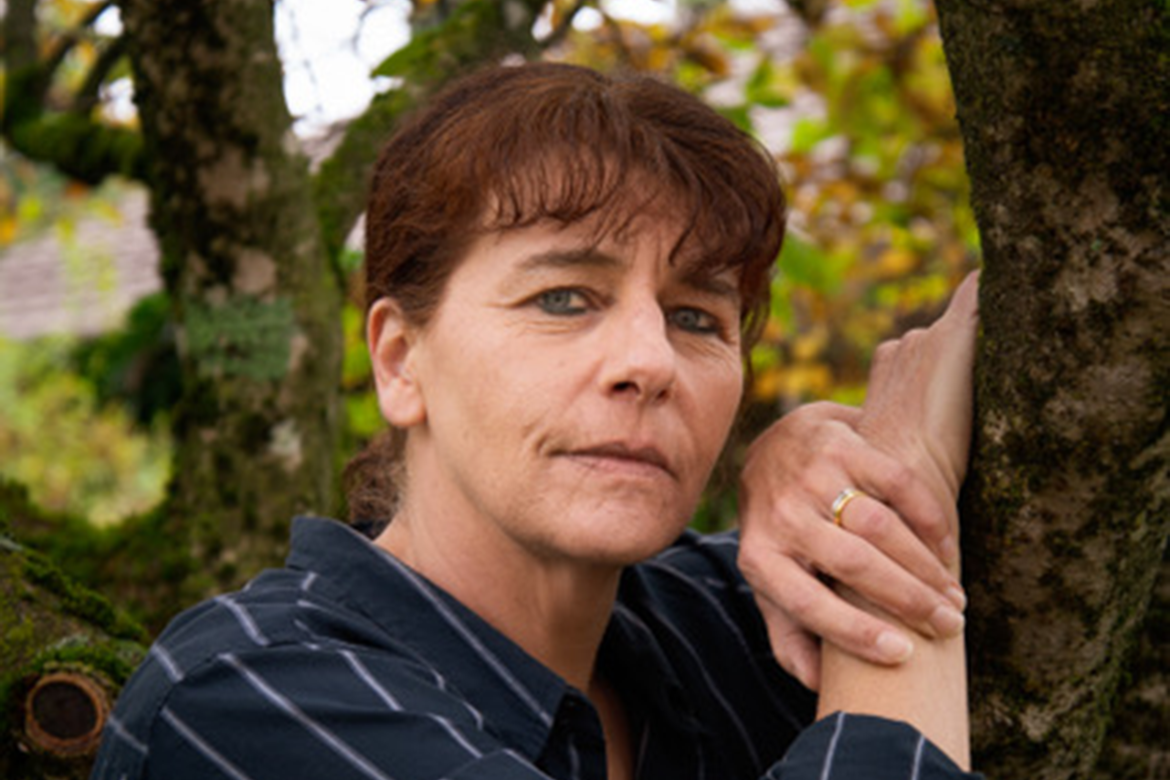
Catherine Lovey, L'histoire de l'homme qui ne voulait pas mourir
Between Sandor and his next-door neighbour, a bond full of restraint and humanity is woven from ordinary encounters.
